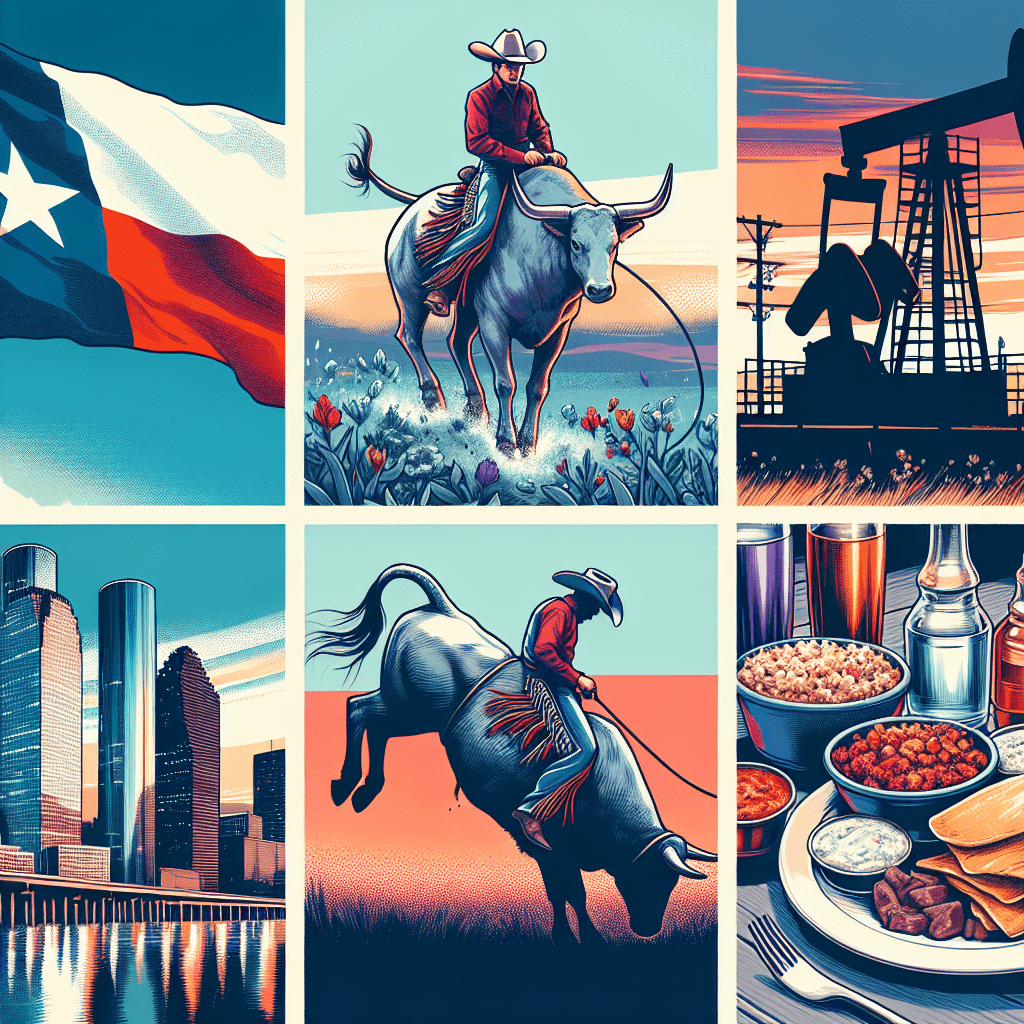Texans: An In-Depth Look at the Unique Identity and Cultures of ‘the Lone Star State’
The phrase ‘Everything’s bigger in Texas’ isn’t just a catchy slogan. Home to the second largest in land mass and population among the states in America, Texas, also known as ‘the Lone Star State’, boasts a diverse group of people, distinctive landscapes, and a unique cultural identity that truly sets it apart. From the rustic cowboy culture of west Texas to the dynamic urban landscapes of the eastern cities, the diversity of Texan identity is as vast as the state itself.
History of Texas
The history of Texas, like its geographical and cultural composition, is one characterized by crisscrossing influences and identities. From Mesoamerican roots to Spanish colonization, from Mexican sovereignty to independence and eventual incorporation into the United States, Texas has molded and been molded by myriad forces.
Texas wasn’t named such until Spanish explorers mistook the Coahuiltecan celebration of friendship, ‘Tejas,’ as the name of a physical place. Texas was a Spanish colony until it declared independence in 1836 and became the Republic of Texas. However, it was annexed by the United States in 1845, becoming the 28th state.
Who are the Texans?
Texans cut across geographic, ethnic, and socioeconomic divides. From farming and ranching communities in rural regions to tech entrepreneurs in ‘Silicon Hills’, Texas is a melting pot of cultures — a place where the old blends with the new.
Texas enjoys a rich blend of Mexican, Spanish, Native American, Asian, African, and European influences which majorly impact the culture of the state today. This diversity is evidenced in every facet of Texan life: food, music, dance, and even vocabulary.
Texan Economy
The Lone Star State’s economy is as diverse as its populace. In its early years, Texas was known for cattle ranching, cotton farming, and oil production. It has since then evolved into one of the strongest economies in the United States, with growth sectors in technology, healthcare, education, and business services.
Texas is also home to Fortune 500 companies. A forerunner in technology, medicine, and energy, Texas is often considered an economic powerhouse, with a GDP equivalent to some countries in the world.
Lifestyle and Culture in Texas
Rooted in the history and ethos of frontier liberty, Texas culture is potent and has a strong influence that extends beyond its borders. It prides itself on various fronts: Texan music, sports, cuisine, and rodeos, to mention a few.
Texan cuisine is a convergence of diverse culinary traditions. From smoked BBQ and chilli con carne to pecan pies and renowned Tex-Mex, Texas indeed offers a gastronomic delight. Furthermore, the state has its fair share of cultural events and festivals.
